Episode 30 – The Front Page
Chicago’s newspaper heyday boosted stories about murderers, high-society scandals, gangsters and more. Join us for this extended episode.
Chicago’s newspaper heyday boosted stories about murderers, high-society scandals, gangsters and more. Join us for this extended episode.
Hear from author Joe Gustaitis as we discuss how World War I transformed Chicago from a strongly German city into a modern metropolis.
In American history, we were taught that pioneers and homesteaders moved from east to west settling the continent in the greater pursuit of “Manifest Destiny” — killing and obfuscating the First Nations peoples’ way of life. However, another American pattern often overlooked is the migration from south to the north. Starting less than a century after a Black man of Haitian decent named Jean Baptiste Point DeSable became Chicago’s first non-indigenous settler; African Americans in large numbers began leaving southern States and moving to the north, which historians now call “The Great Migration”.
Their motives were that of people everywhere seeking jobs, opportunity, and a better life. Northern States offered jobs and a relief from the weight of Jim Crow. For many Chicago had became a beacon of hope as Black-owned newspapers and in particular the “Chicago Defender”, distributed by Pullman Porters, gave hope to generations of former slaves, farmers, and sharecroppers.
Beginning as early as the 1880s and then from approximately 1910 to the 1970, rural southern Blacks by the thousands made their way north throughout these decades. And, just as the journey changed them, their music, culture, and customs changed Chicago.
Northern cities, and Chicago in particular, were not always welcoming, as decent housing was scarce as restrictive covenants and red-lining forced African Americans to live in “The Black Belt”. This tightly constrained strip of blocks on the city’s south side, initially between 22nd and 31st Streets, later extending south to 39th and eventually to 95th Street and roughly sandwiched between the railroad tracks of the Rock Island on the west and Illinois Central to the east. But even with forced segregation, many black businesses thrived, and a sense of place was established creating Bronzeville and its famous “Stroll”.
Join the Windy City Historians as we delve into the Great Migration with Dr. Charles Brahnam, author and professor, and the perfect guide to take us on a journey into the Great Migration. A trip populated by famous brave and fearless black Chicagoans such as Ida B. Wells, Oscar DePriest, and Robert S. Abbott and into a better understand of this massive cultural shift for the nation and Chicago in particular.

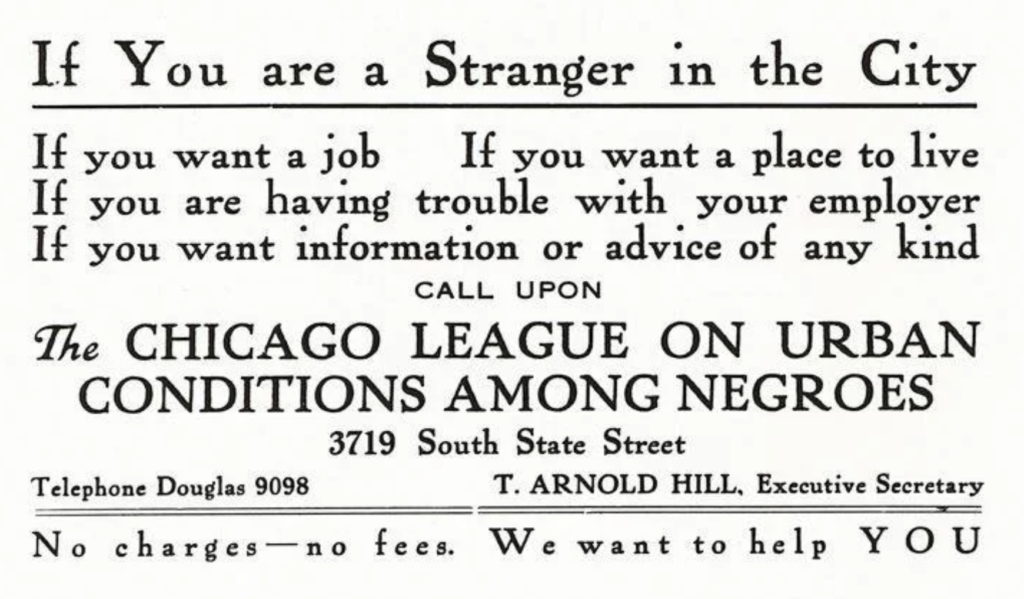
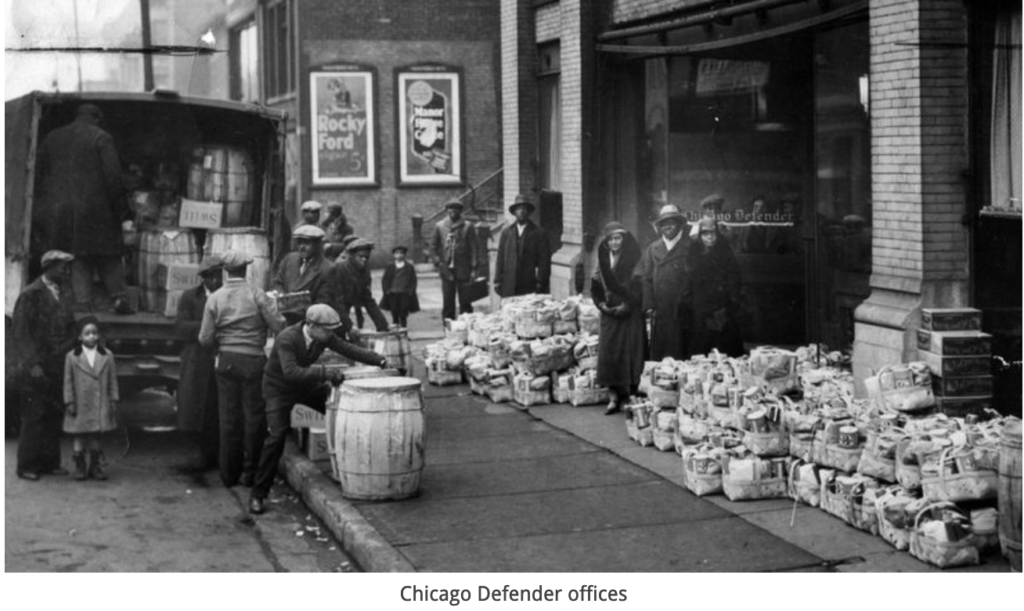

In 1909 Chicago changed dramatically both physically and intellectually. Having grown through fits and starts via annexation and experiencing the most rapid population growth of any city in history, to that point, the Chicago City Council approved a new street and address system in 1908. The new address system took effect in 1909 and employed the Philadelphia and furlong systems to renumber, rename, and rationalize street names and addresses across the city.
1909 also ushered in a momentous intellectual shift in perceptions of what Chicago was and could be. Authored by architects Daniel Burnham and Edward Bennett The Plan of Chicago offered an idyllic and revolutionary vision for Windy City that still resonate. Join us in this episode as we interview cartographer, historian, and geographer Dennis McClendon to delve into these concrete and esoteric plans that forever changed the physicality and vision of Chicago. Plans and improvements that are still relevant and reverberate acros Chicago’s streets, city planning, development and architecture to this day.
Looking back on historical events, whether it is the Civil War or the Chicago Fire, they are usually presented in isolation, a individual events separated by subject, pinned to a specific date or period of time. Yet, history is not nearly so neat and tidy, and to someone who lived through those times, it becomes part of the greater tapestry of life.
With this in mind our latest and 22nd episode of the Windy City Historians podcast “Eyewitness to History” approaches this historical journey following the experiences of Chicago policeman, John E. Fitzpatrick (1852-1902). As a Patrol Sergeant Fitzpatrick was present at the Haymarket Bombing of 1886, rose rapidly through the ranks to soon attain the position of Inspector and lead the honor guard for President Cleveland for the opening ceremonies of the Columbian Exposition of 1893. A year later, Inspector Fitzpatrick would be embroiled in a chaotic summer due to the Pullman Railroad Strike, and the following year is assigned as lead detective on the H.H. Holmes serial murder cases that shocked a nation.
A century later, these remarkable stories and adventures were unearthed by his great-great-granddaughter and our guest, Kim Fitzpatrick. Based on Kim’s diligent research we uncover the life and times of John E. Fitzpatrick and present this fascinating and personal history of his decorated Chicago Police career. We hope you enjoy it as much as we enjoyed learning the Fitzpatricks’ story.
Note: This episode was updated on May 4, 2021 to correct a missing “great” to Kim Fitzpatrick’s relation and great-great grandfather John E. Fitzpatrick.
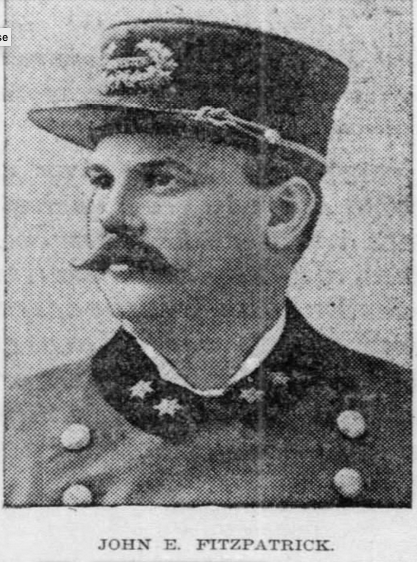
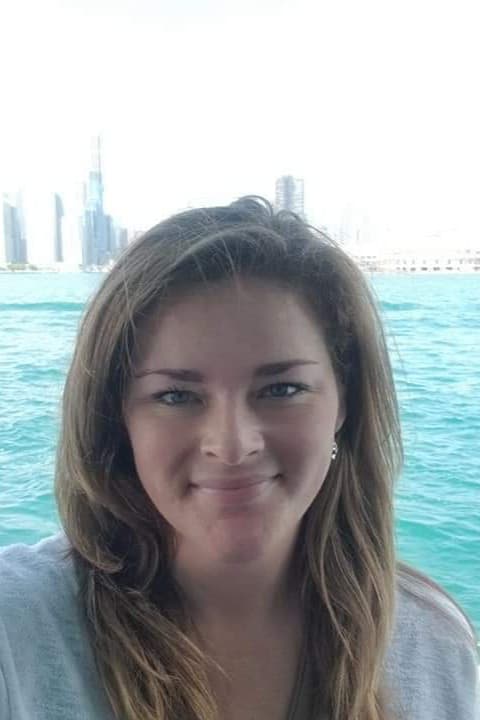

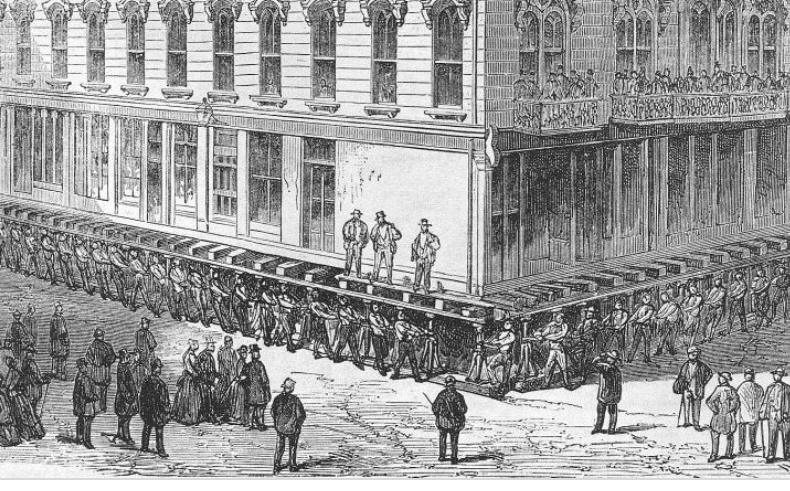
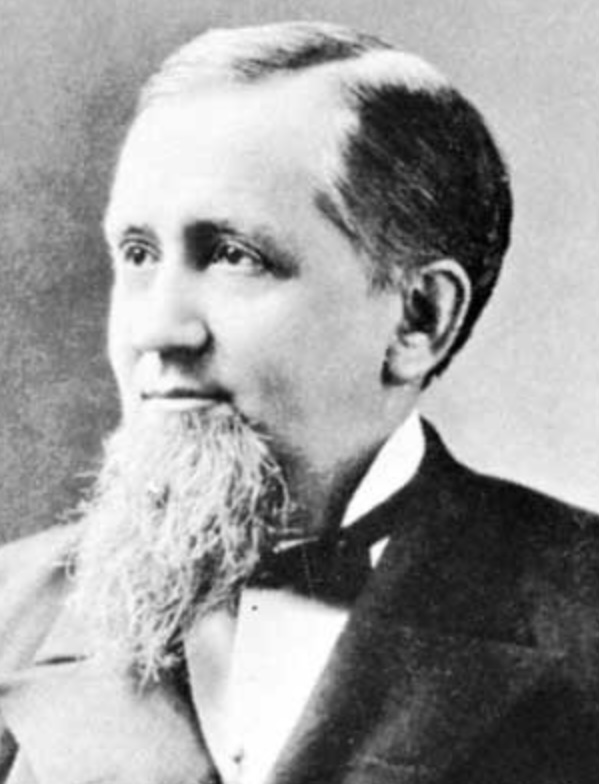
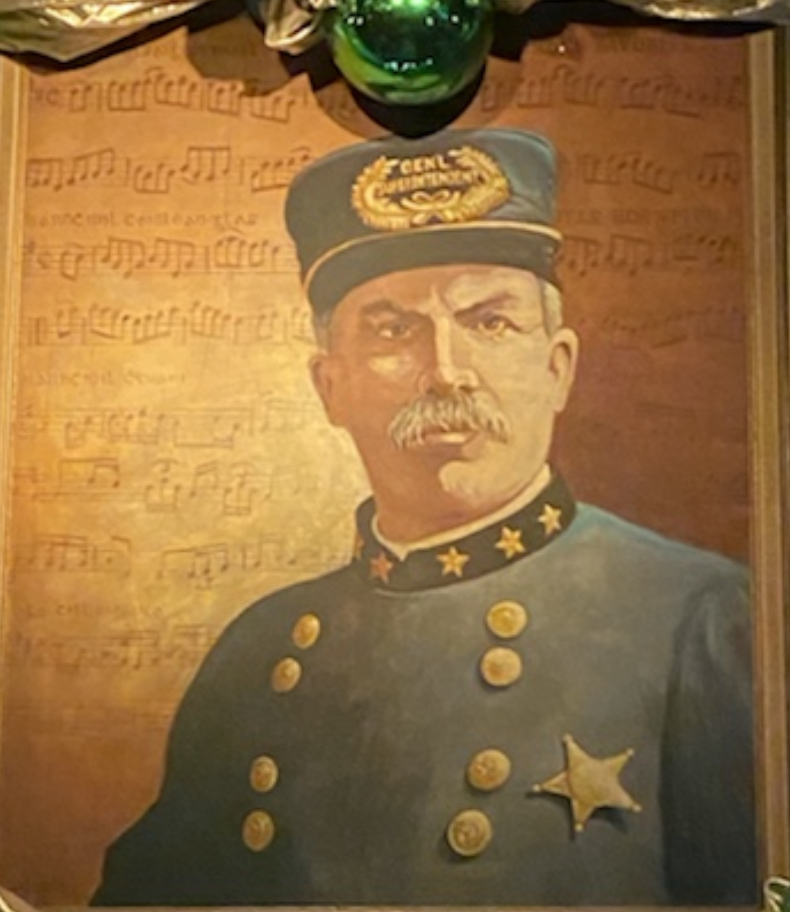
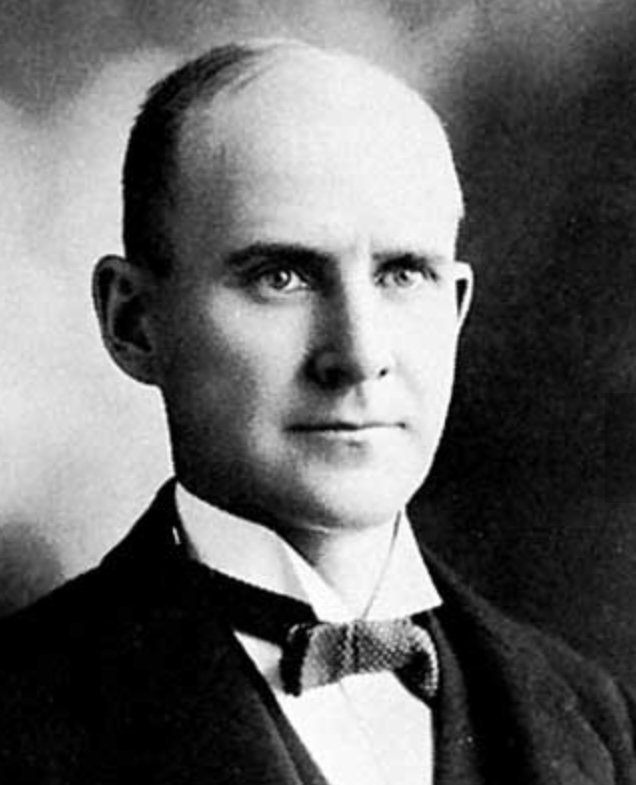
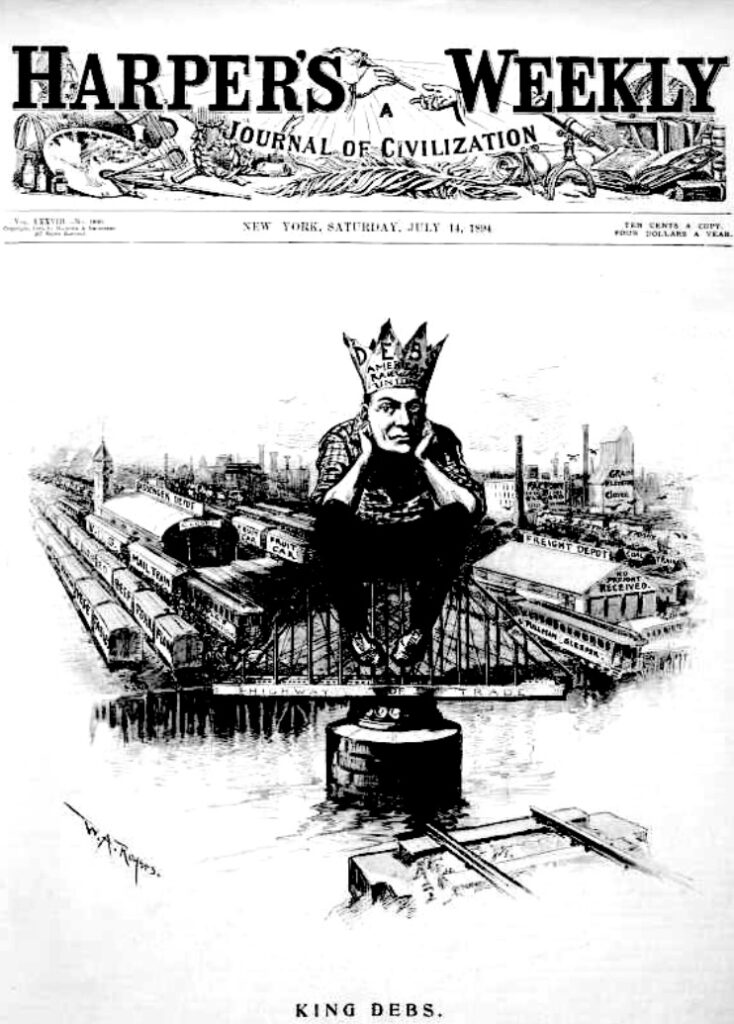
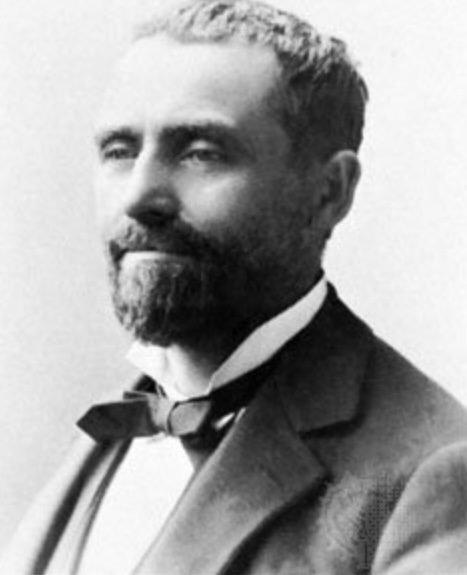
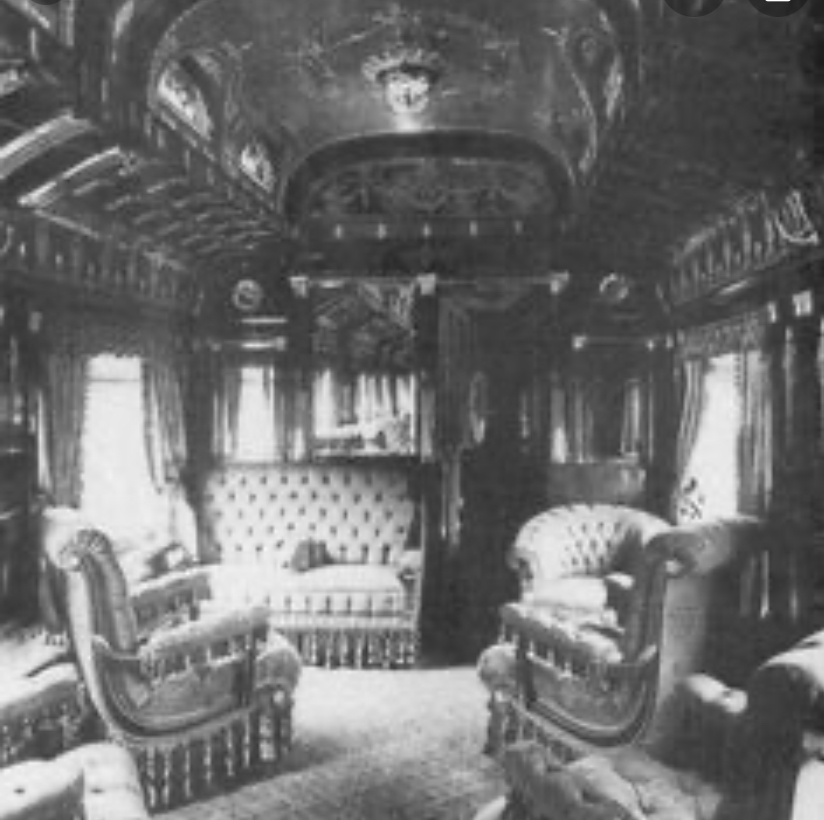
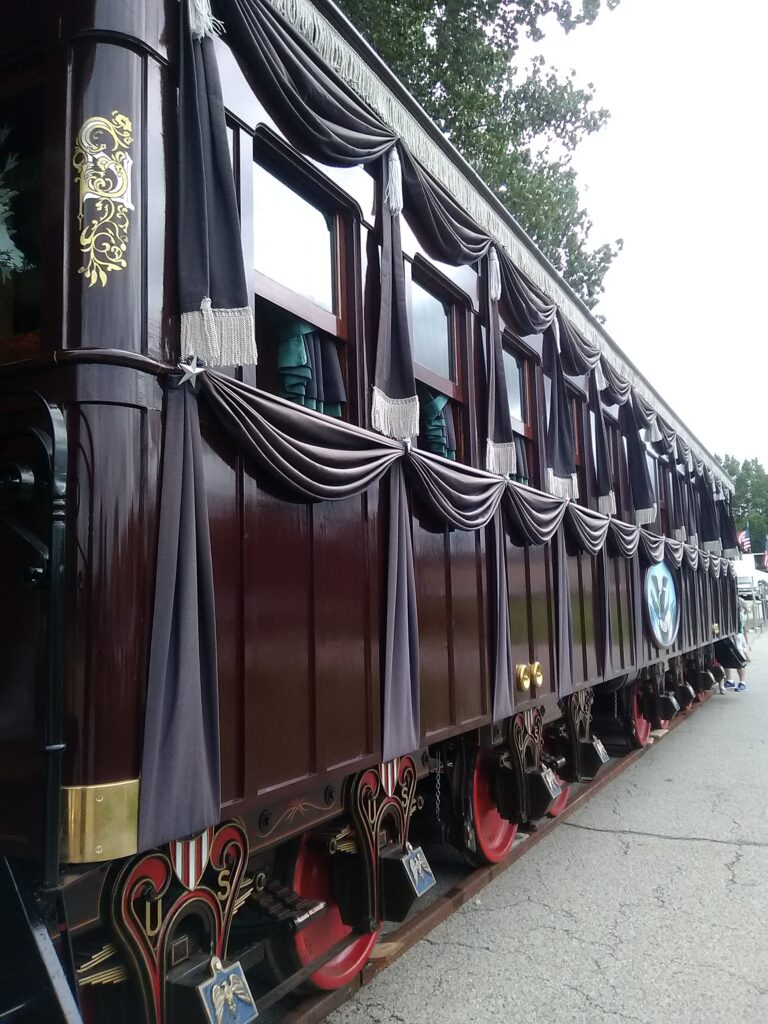
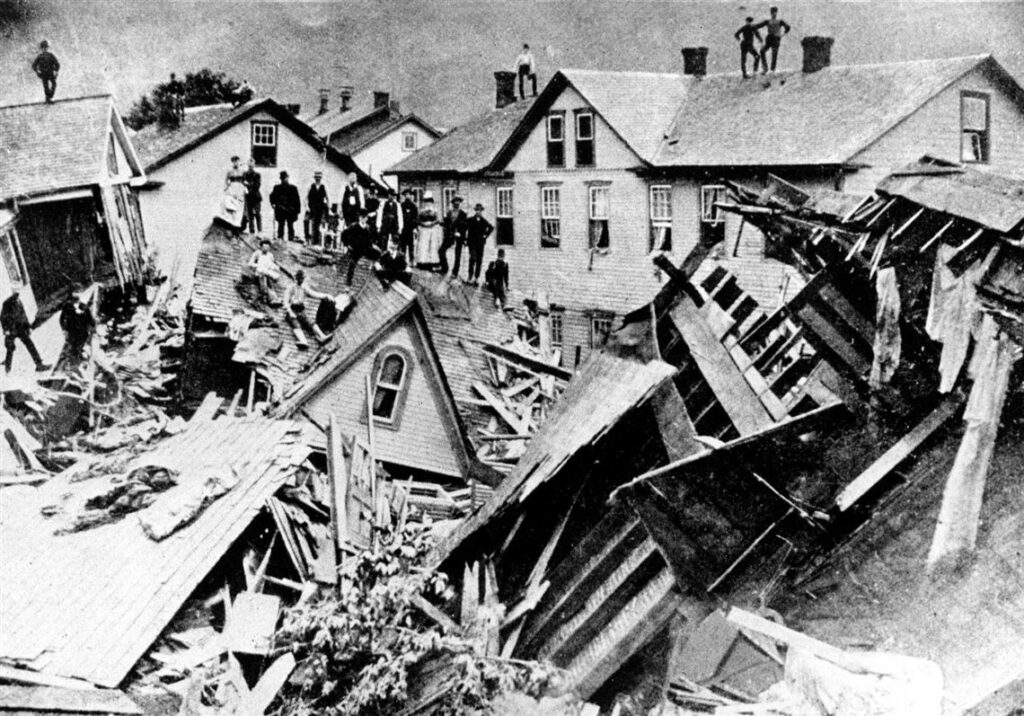
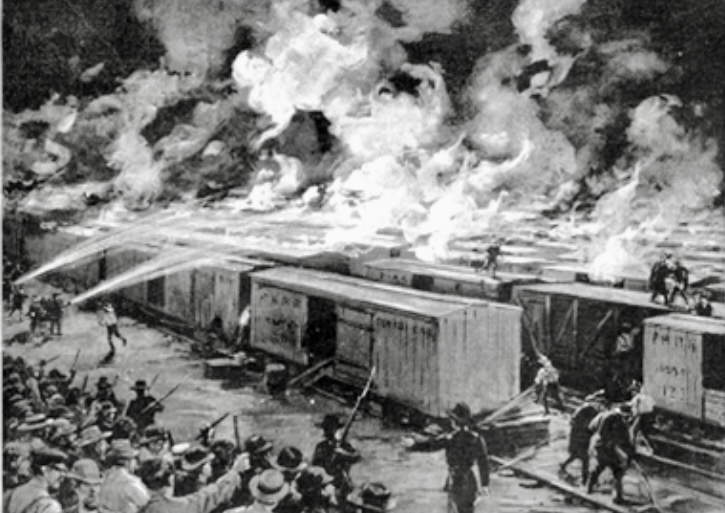
As we conclude this three-part mini-series on the Columbian Exposition of 1893, we talk about a few favorite exhibits and stories about the Fair, connections that exist still, and relevancy of the World’s Fair today. A major event for Chicago and honored by a star on the Chicago Flag the Fair brought Chicago and the United States to the world stage to celebrate the 400th Anniversary of Christopher Columbus coming to America.
Join us as we speak with Paul Durica the Director of Exhibitions at the Newberry Library and historian and writer Jeff Nichols. And to complete this show, co-host Chris Lynch shares additional stories and connections with this World’s Fair culled from his research on the topic. Join us for a fascinating ride through Windy City history on this episode about the Chicago Columbian Exposition and World’s Fair of 1893.
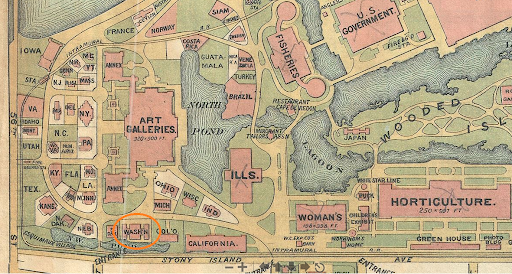

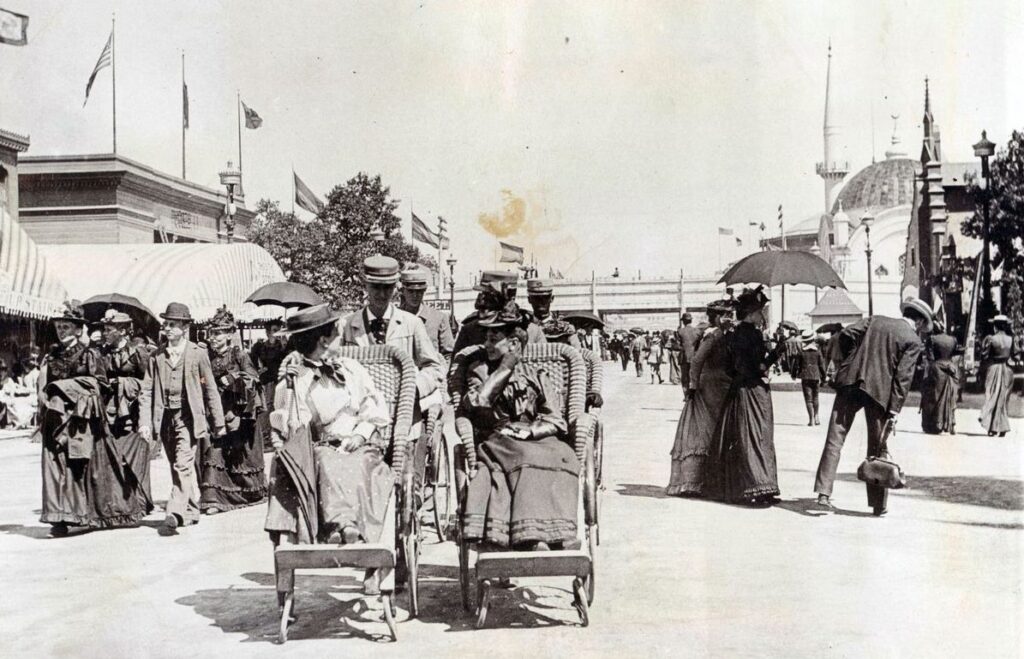
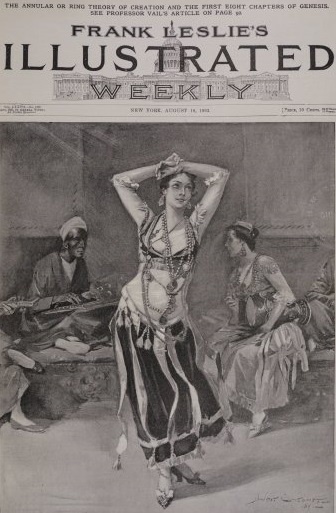
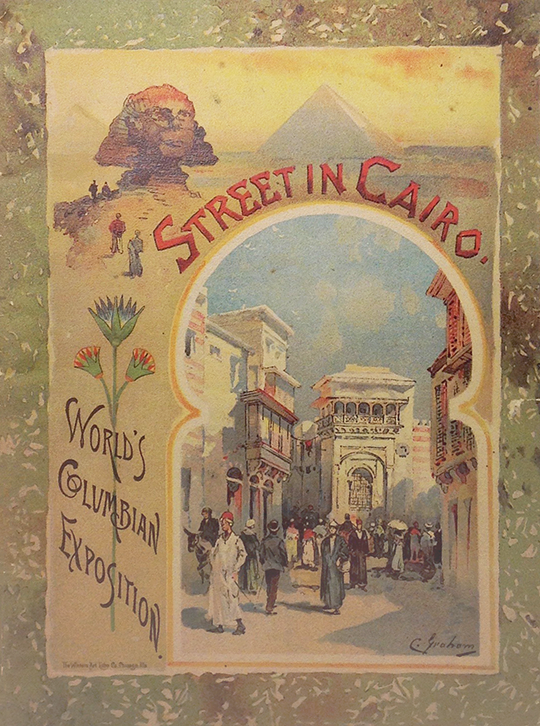
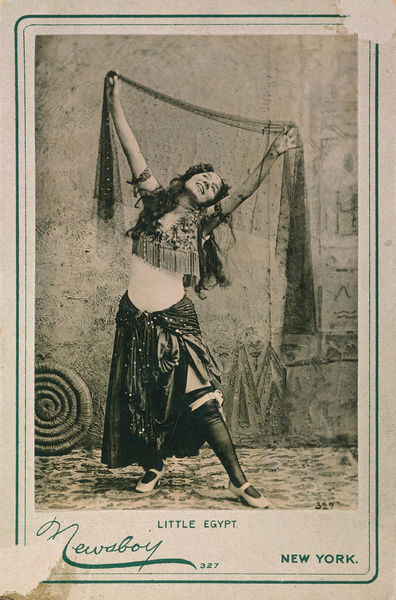
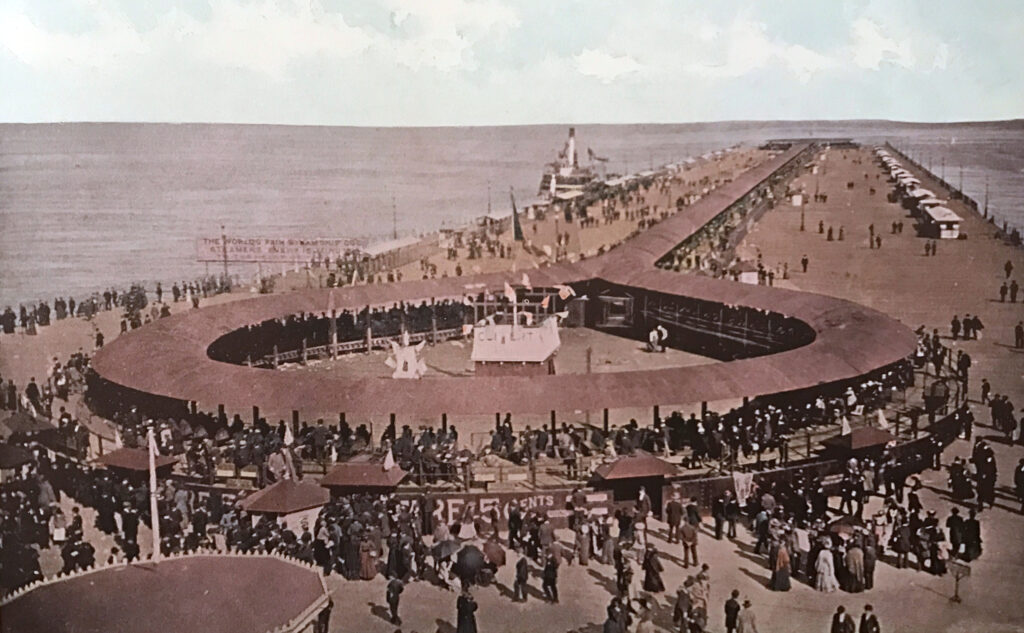
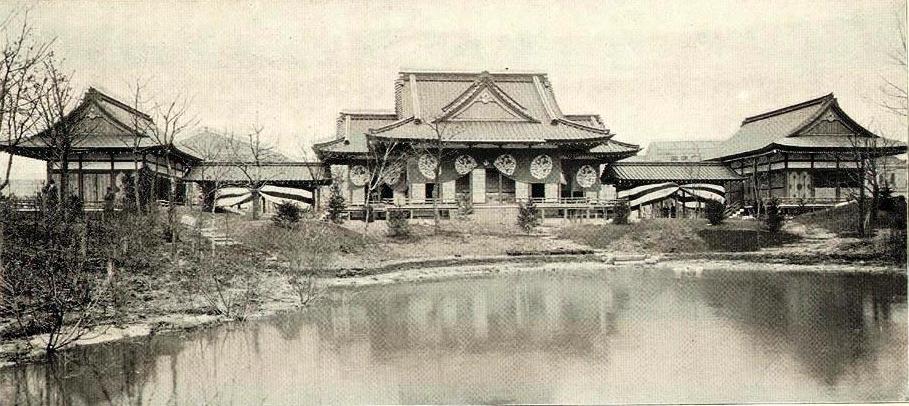
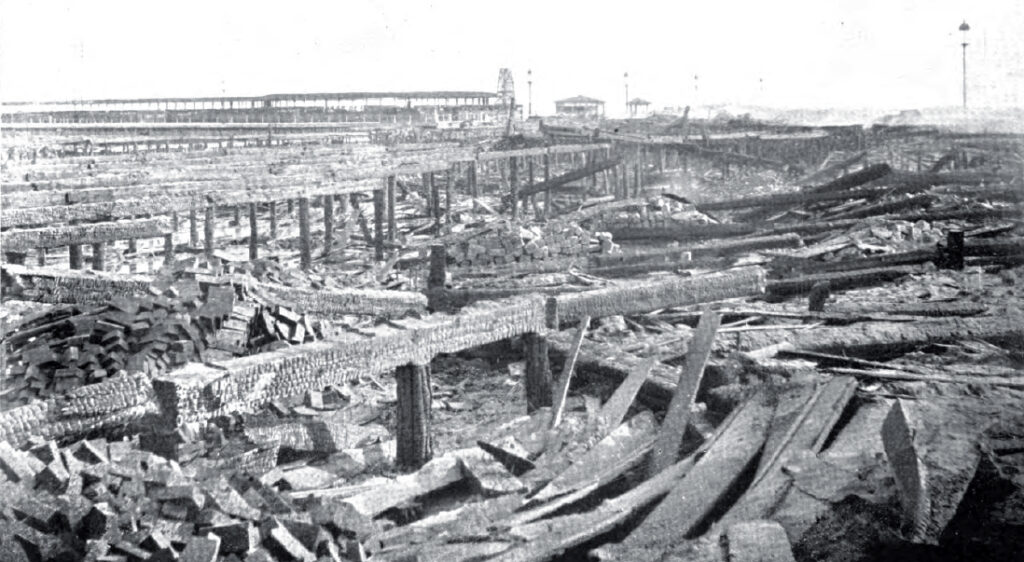
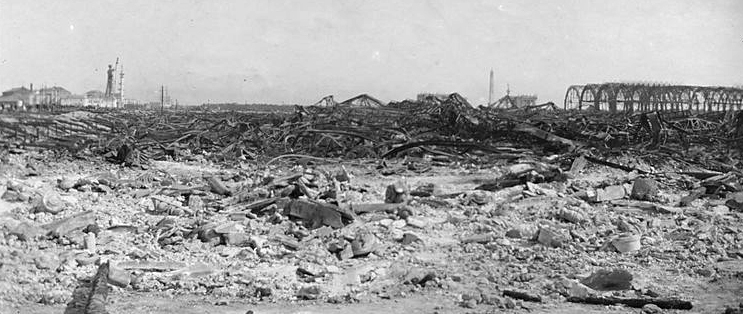
We continue our discussion of Chicago’s first World’s Fair to learn why carousels were risque, the Ferris Wheel encouraged voyeurism, Columbus was cool, and unfortunately racism was the norm. In addition, the 1893 World’s Fair was a launching pad for many new products, industries, and processes that were promoted, were popularized or invented as a result of the Fair, like the Post Card, Cracker Jacks, the Zipper, and many more.
In this second World’s Columbian Exposition episode, we talk with historian and Director of Exhibitions at the Newberry Library Paul Durica, to explore the various exhibits, tone, and tenor of the Fair and Chicago in 1893. Plus, additional snippets from our interview with historian Jeff Nichols.
This World’s Fair transformed a swampy patch of lakefront, which is now Jackson Park on Chicago’s south side, and remnant lagoons and three harbors still exist there today. Besides these physical remainders of the Fair, this historic exhibition also marked Chicago history through the gathering of many influential people and ideas from around the world. This Fair was the impetus for the sharing of world cultures and intermixing of peoples and traditions that still impacts us today. Join us on this episode for more fascinating stories surrounding the World’s Columbian Exhibition of 1893.

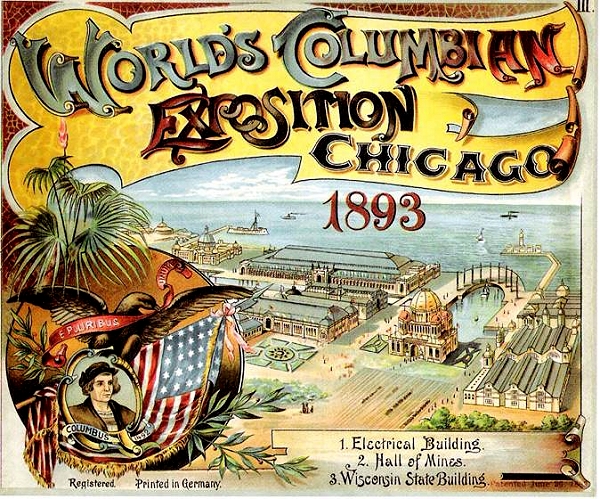
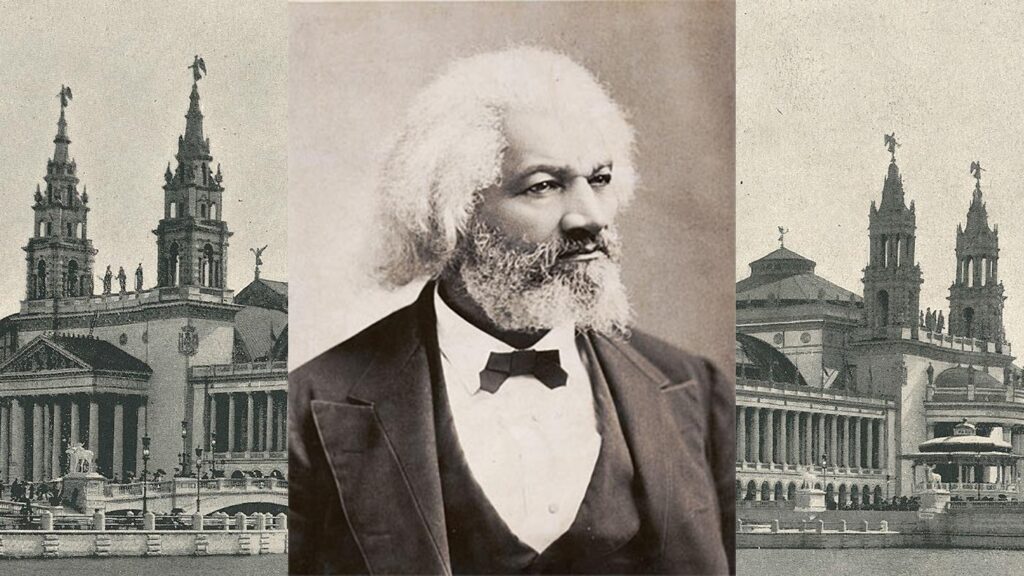
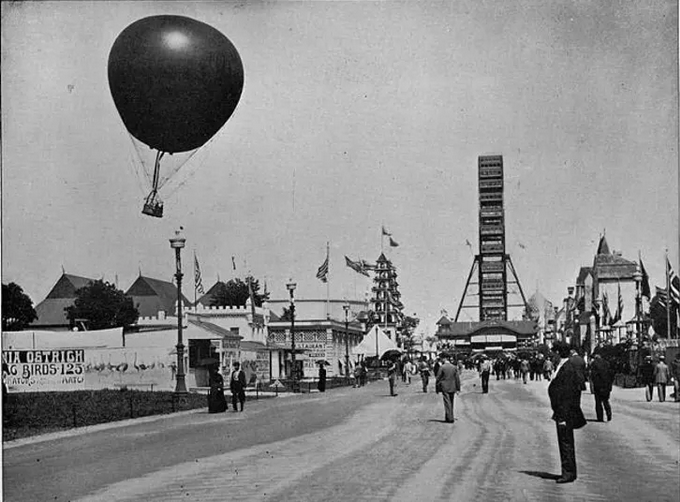
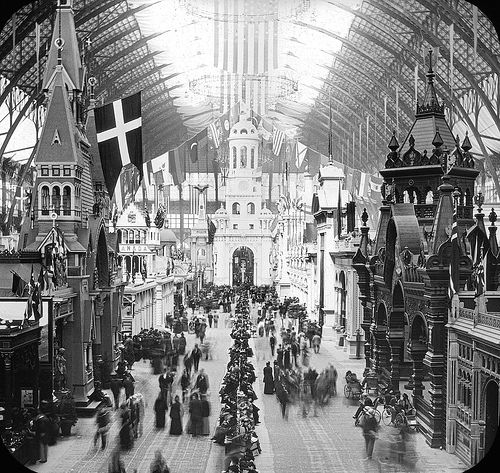
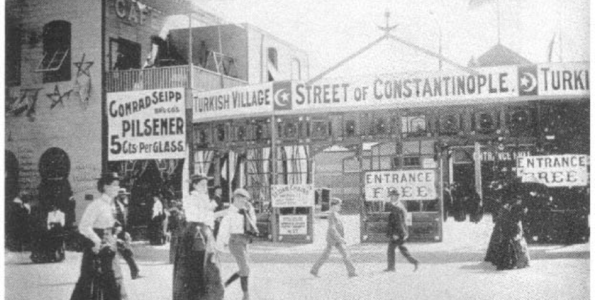
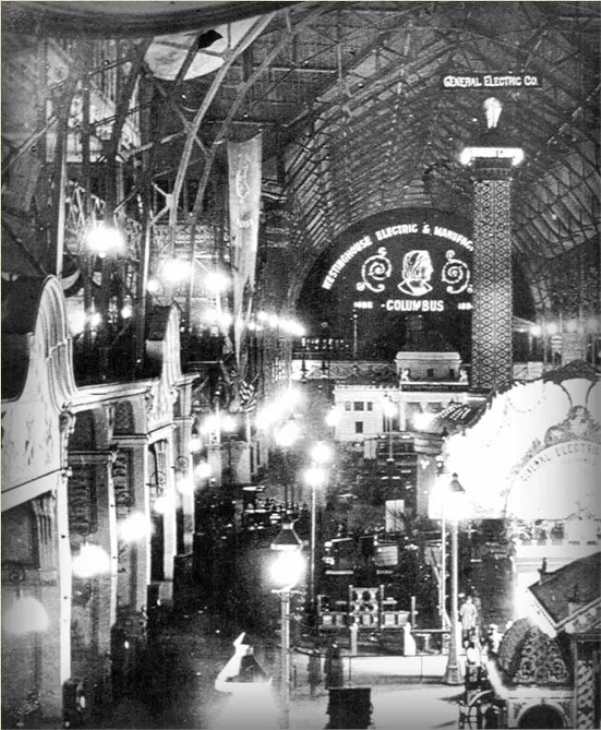
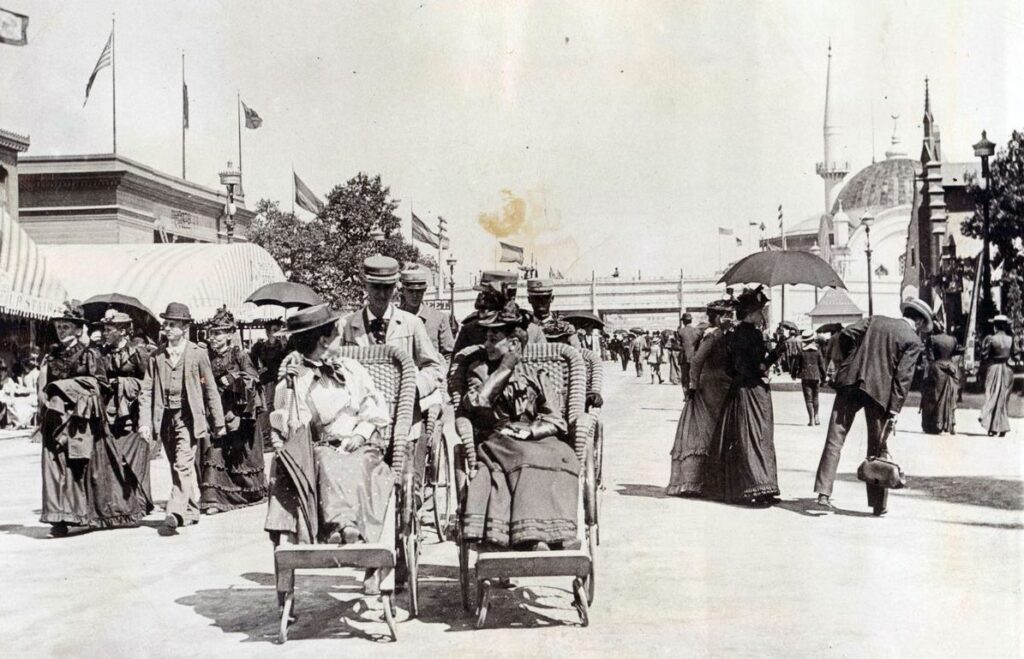
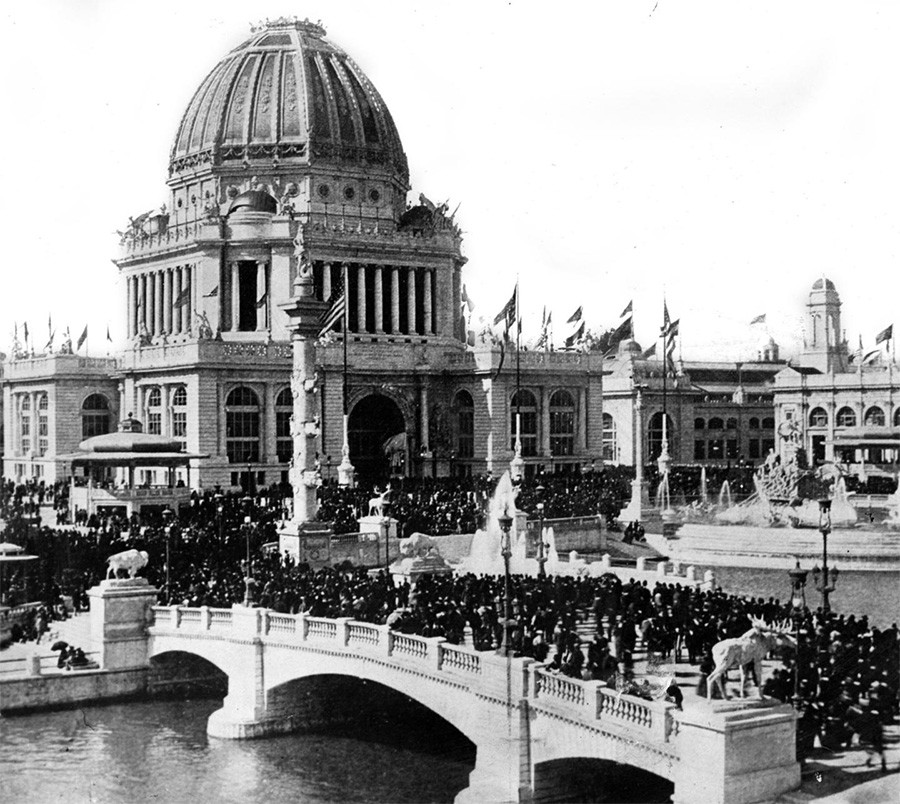

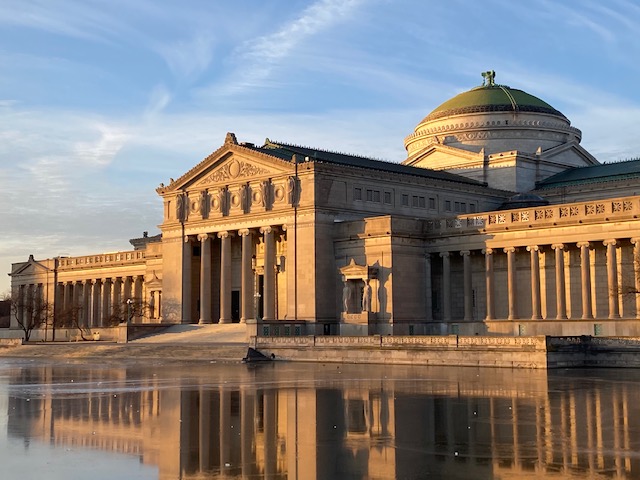
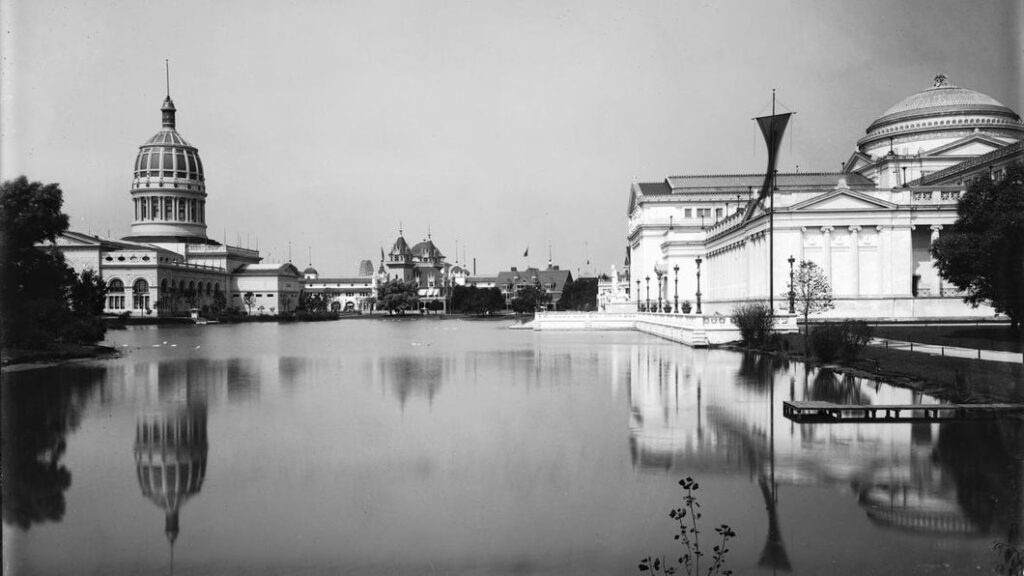
In 1893, Chicago is host to one of the most recognized and internationally famous world fairs, which honors the 400th anniversary of Christopher Columbus arriving in America. Granted it was a year later than planned, but it became known for the advancement and development of many companies and ideas. A specially built exposition landscape was created south of the then city limits in Jackson Park in what was the neighboring township of Hyde Park, which was annexed in 1891.
The White City as this world’s fair became know was the first major use of electricity, which lit the World’s Columbian Exposition buildings and grounds from May 1st until October 30, 1893. This Fair is legendary to Chicago history and commemorated by the third star in the Chicago Flag. With our previous episode we learned about the many things that occurred in Chicago in 1893 and here we dive into the Fair and interview historian and writer Jeff Nichols with some snippets from a future interview with historian Paul Durica. This is the first installment in a three part mini-series on the World’s Columbian Exposition and the White City. We hope you will enjoy it.
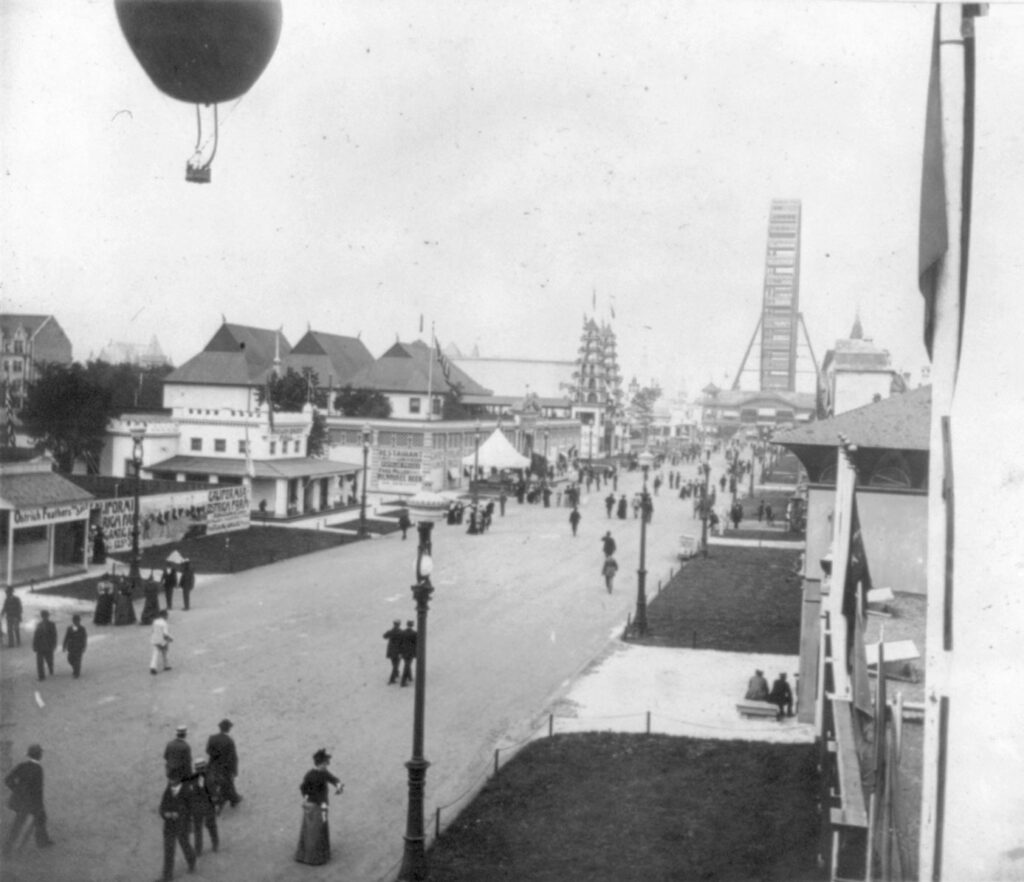
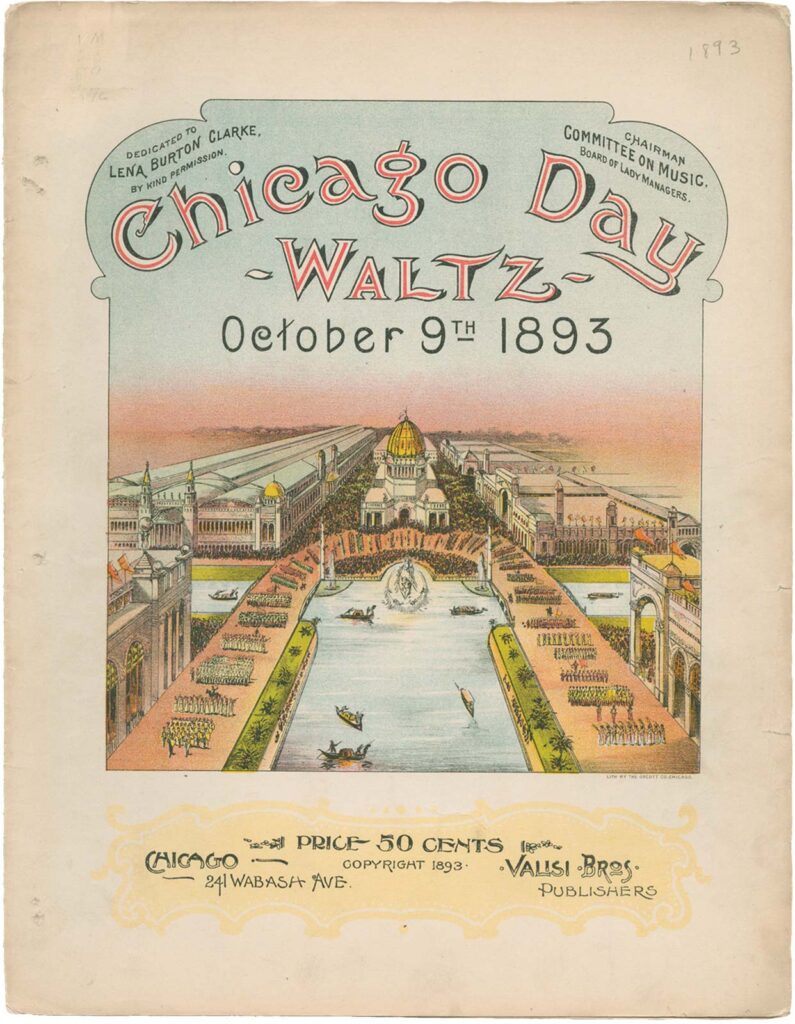
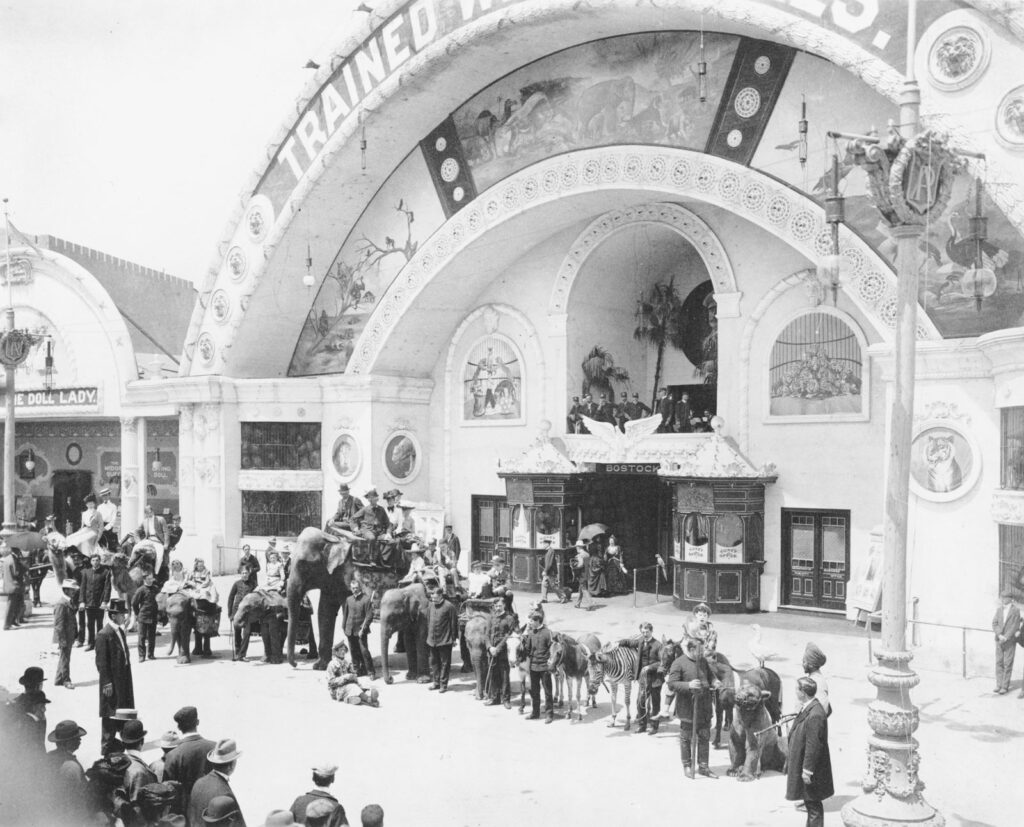
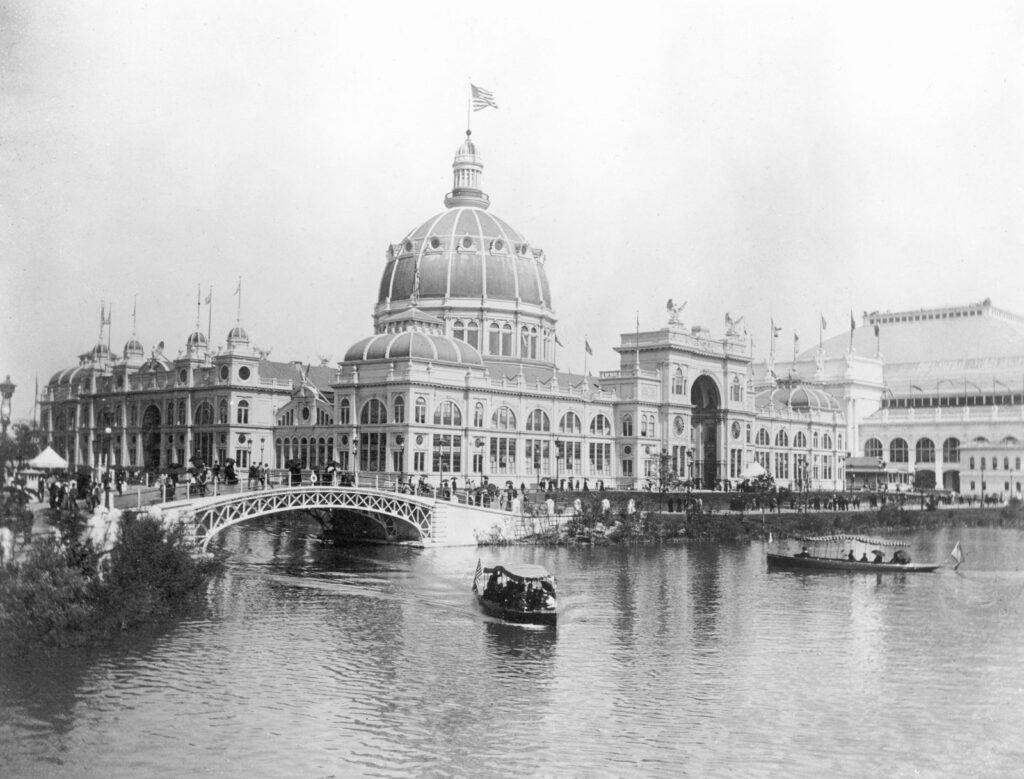
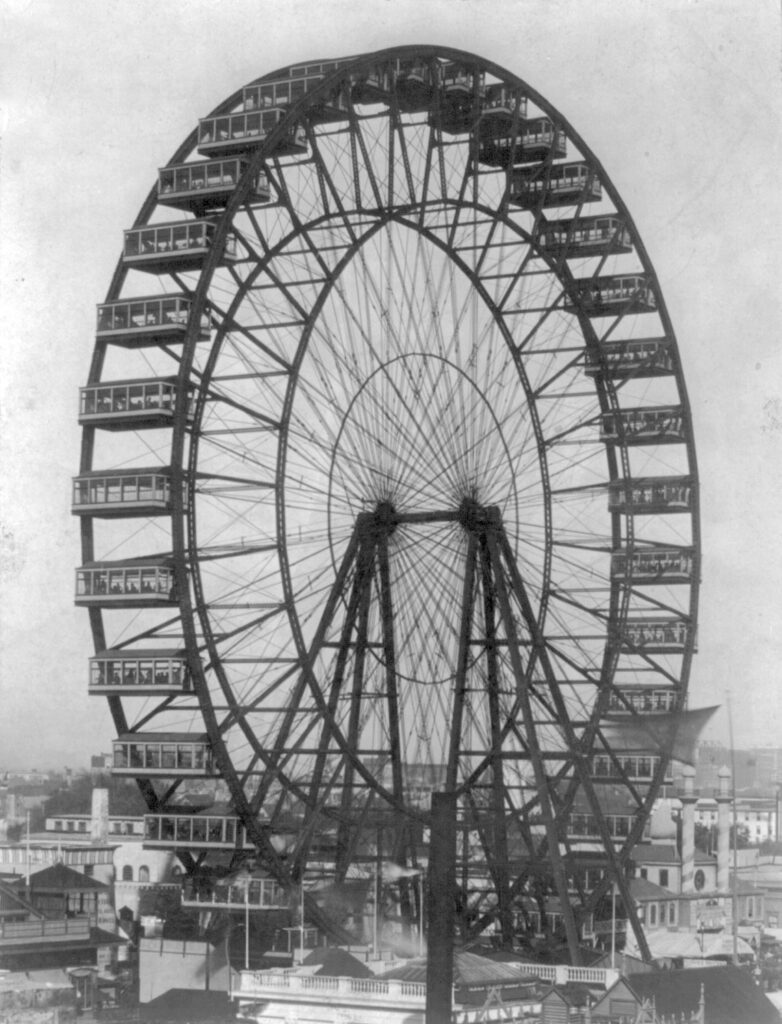
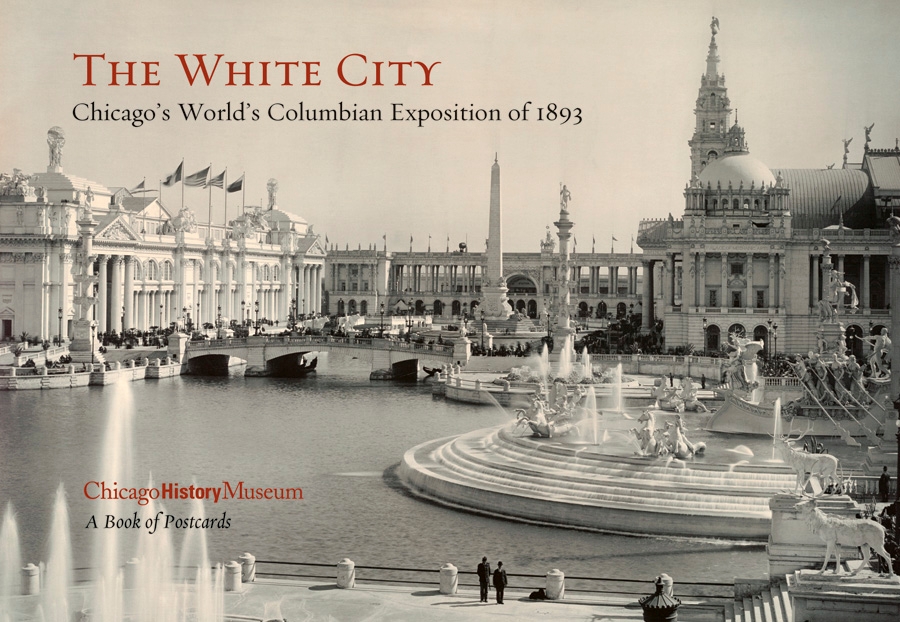
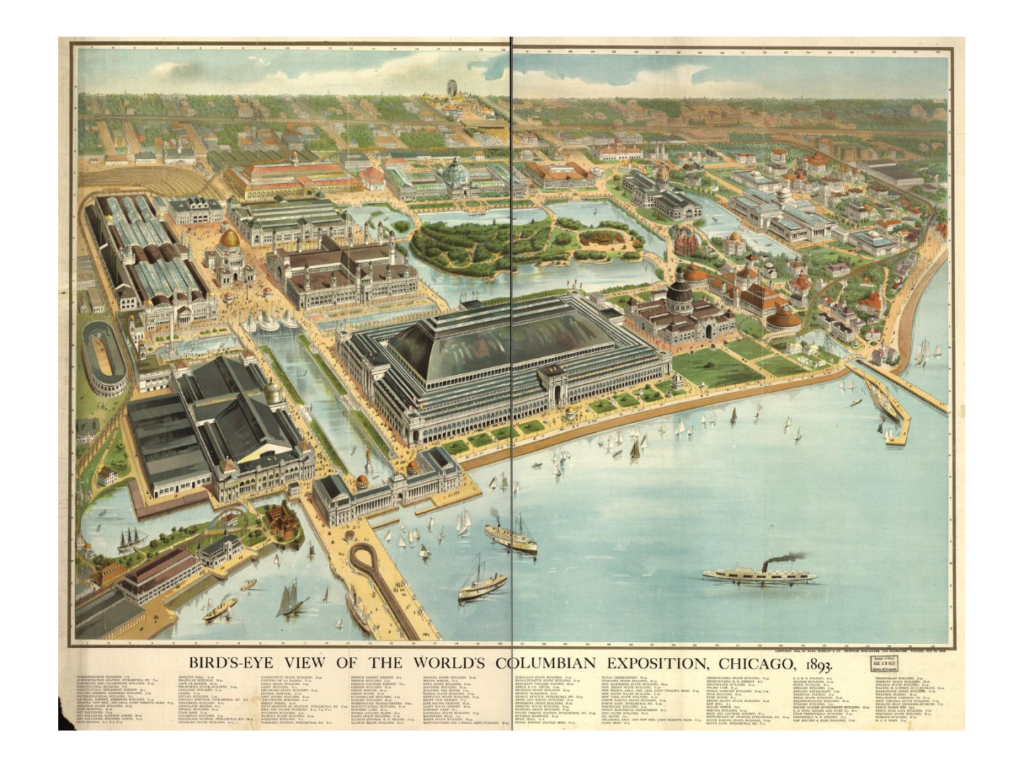
For most historians if you mention Chicago and the year 1893, they will immediately think of the World’s Colombian Exposition. However, there was much more going on in Chicago during that year that still resonates today. Beyond the excitement surrounding the Fair, 1893 was pivotal for the many new contributions, innovations, and changes that impacted the city and beyond. Many Chicago institutions we know today are tied to or originated during that year. A short list would include the first Chicago Cubs stadium, the tamale, the hot dog, Wrigley chewing gum, and much more.
This monumental year holds many interesting stories well beyond the White City as a backdrop that was in direct contrast with Chicago’s work-a-day world, some would call “Gray City.” Join us in this episode for the extraordinary changes and important events of 1893, as we speak with historian and author Joe Gustaitis to set the scene for an upcoming episode focused on the Colombian Exposition and the White City.

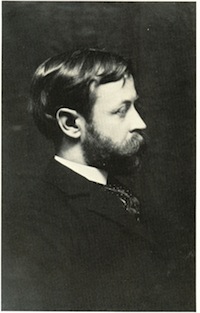
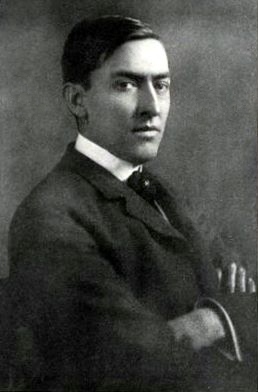
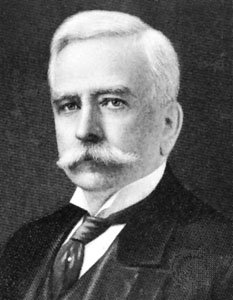
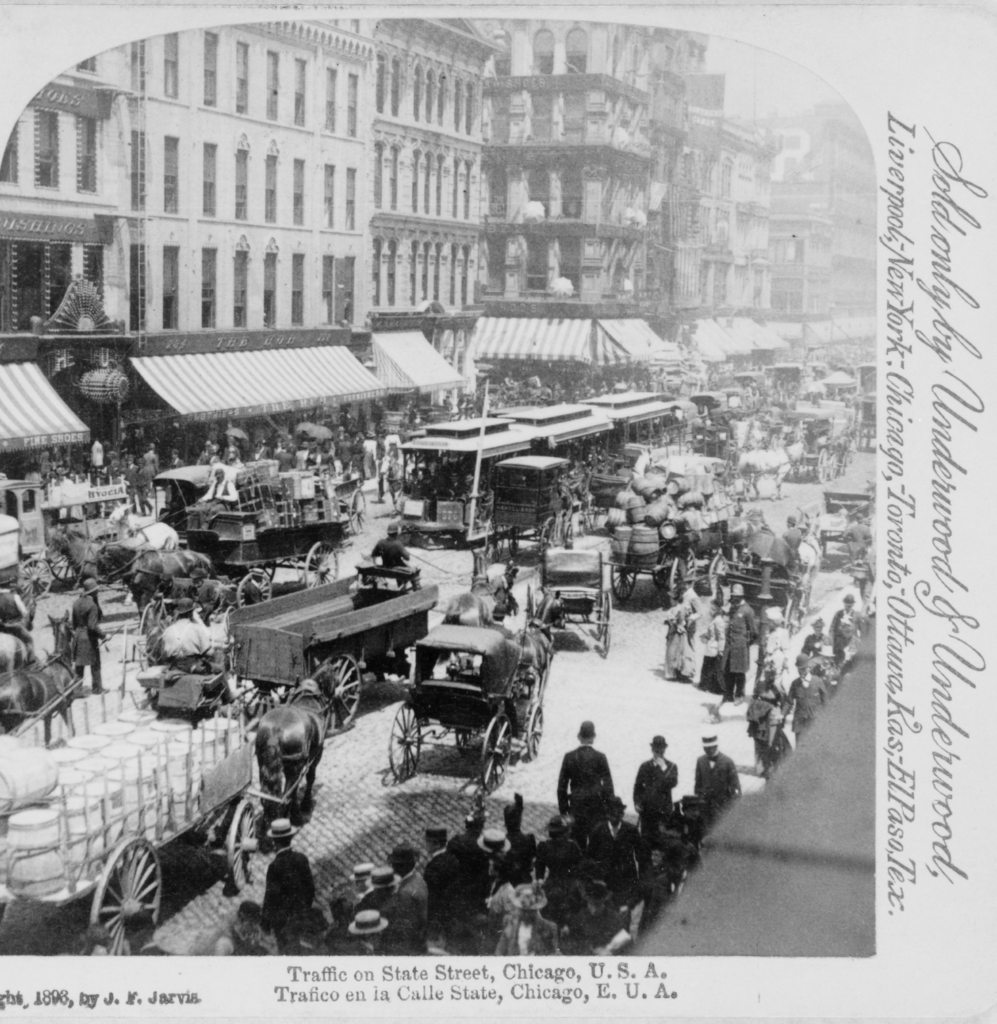
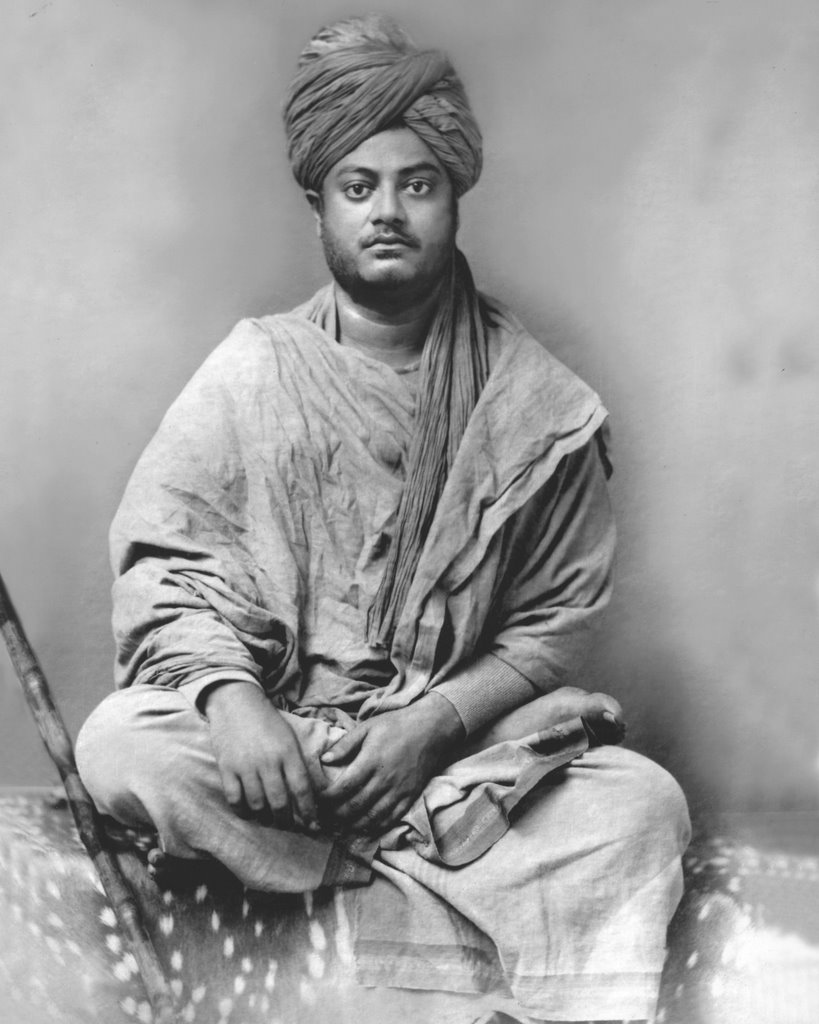

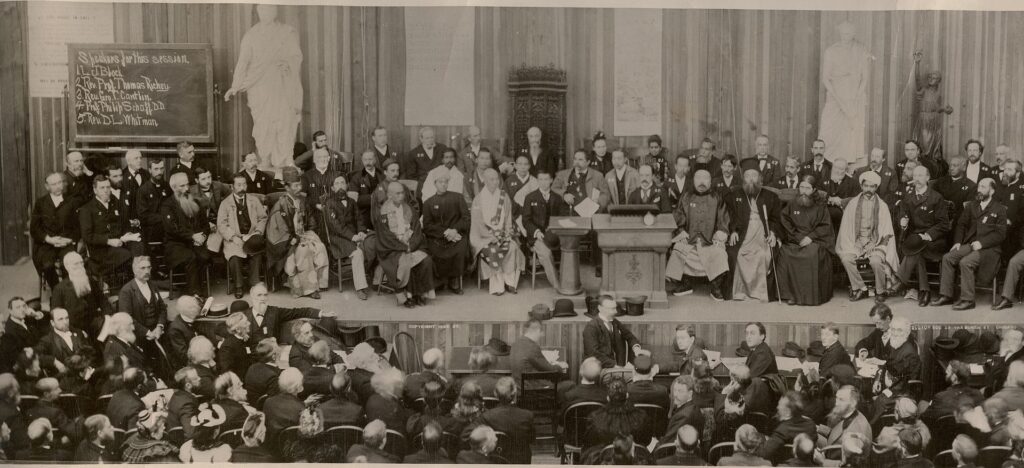
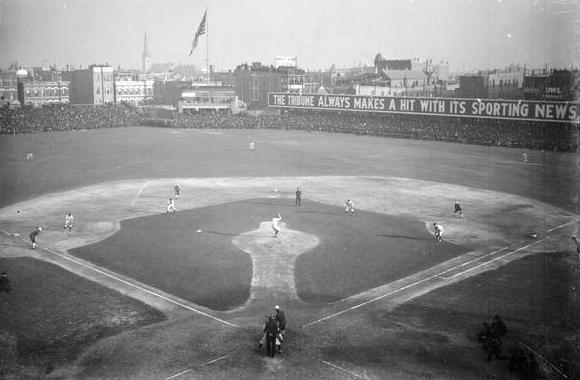
Why is May Day a holiday celebrated all over the world, but not in the United States? The answer is piece of Chicago history pointing to the events culminating at Haymarket Square on May 4th, 1886.